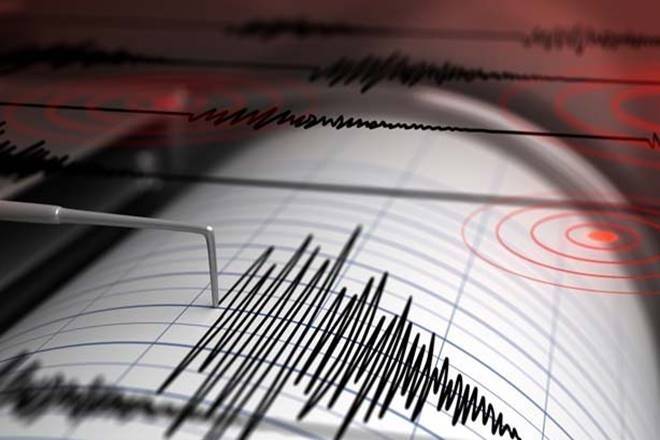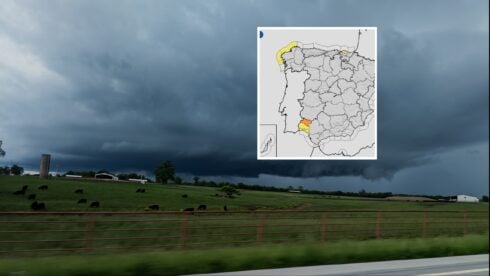A low-intensity earthquake measuring 2.1 on the Richter scale has rattled parts of Villanueva de Tapia in Malaga yesterday evening, Monday July 24.
The seismic event, detected by Spain’s National Geographic Institute (IGN) at 8 p.m., occurred at a depth of 2 kilometers beneath the town.
Experts attribute the cause of such earthquakes in the southern Iberian peninsula to the constant nudging of the African continent towards Europe. This ongoing movement between the Eurasian and African tectonic plates, with an annual convergence of four to five millimeters, generates seismic activity in the region.
To keep the public informed, the National Geographic Institute (IGN) promptly updates its website with any tremors felt, no matter how slight, enabling the real-time tracking and visualization of seismic swarms.
While this recent earthquake was of low intensity and did not result in any significant damage, it serves as a reminder of the geological dynamics shaping the area.
READ MORE:
- Spain’s Andalucia to put in motion ‘Drill Response 21’ a catastrophe simulation of three major emergency situations—tsunami, earthquake and floods
- Experts warn of a new tsunami formation process which could generate six metre waves off the coast of Spain’s Andalucia.
Click here to read more Malaga News from The Olive Press.








